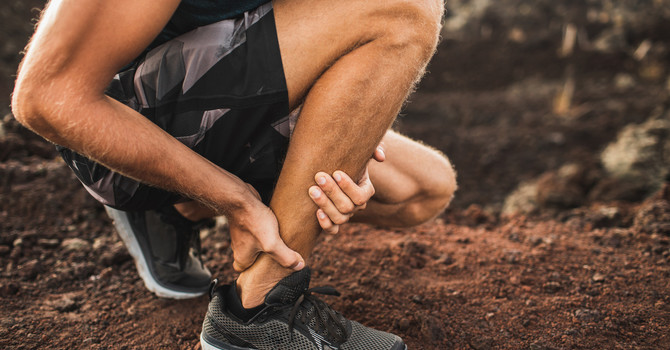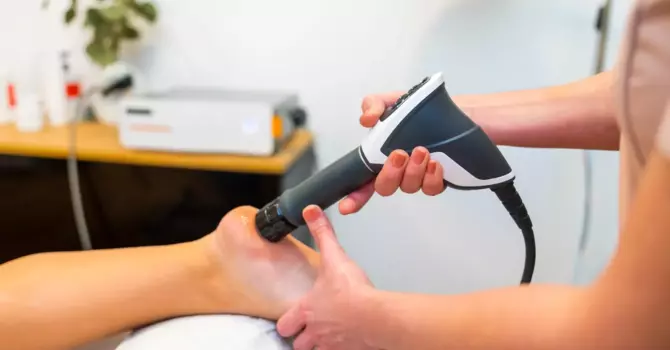
The Science Behind Active Recovery
Rest days are often misunderstood. For some, "rest" means doing nothing at all, while for others, it's an opportunity to push through fatigue and continue training. However, what if the best approach lies somewhere in between?
Active recovery is a scientifically validated method to help your body recover faster, reduce soreness, and enhance long-term performance.
What Is Active Recovery?
Active recovery is performing light, low-intensity movement after intense exercise or physical stress. The goal isn't to build more strength or endurance, but to promote circulation, mobility, and muscle repair without adding further strain.
Think of it as "movement therapy" for your body — enough activity to encourage recovery, not so much that it delays it.
Examples of active recovery include:
- Gentle cycling or walking
- Mobility work or stretching
- Light swimming
- Yoga or Pilates
- Easy bodyweight exercises
The Physiology of Recovery
To understand why active recovery works, it helps to look at what happens inside the body after exercise. Intense training creates microtears in muscle fibers, leading to inflammation and delayed-onset muscle soreness (DOMS).
Recovery is the period when those muscle fibers rebuild and adapt, making you stronger. Blood flow delivers oxygen and nutrients to tissues while removing metabolic waste products, such as lactate and hydrogen ions, that accumulate during exercise.
If blood circulation slows, as it often does with complete rest, recovery may take longer. Active recovery keeps blood flowing and speeds the removal of waste products and the delivery of nutrients, all without overstressing the body.
Active Recovery vs. Passive Recovery
Both active and passive recovery have a role, but their effects differ:
Active Recovery
- Low-intensity movement to promote blood flow
- Best for: General soreness, next-day fatigue, mobility work
Passive Recovery
- Complete rest with no structured movement
- Best for: Illness, injury, or extreme fatigue
Studies have shown that athletes who engage in light activity within 24–48 hours post-exercise experience less soreness and faster recovery of muscle performance compared to complete rest.
How Active Recovery Reduces Soreness
Contrary to previous beliefs, lactic acid is not the leading cause of muscle soreness. However, lactate accumulation can contribute to fatigue during exercise. Engaging in active recovery can help clear lactate more effectively by maintaining a low level of muscular activity, which supports blood flow.
In addition, light movement:
- Prevents stiffness and maintains joint range of motion
- Reduces swelling or fluid buildup
- Enhances the lymphatic system's ability to clear waste products
- Encourages endorphin release, which can improve mood and reduce perceived pain
When to Use Active Recovery
Active recovery can be utilized in various ways based on your activity level and goals.
1. After Intense Workouts
Use light movement, such as walking, cycling, or stretching, the day after a heavy strength session or a long run.
2. Between Training Sessions
Active recovery can be part of your warm-up or cool-down to improve mobility and circulation without fatigue.
3. On Rest Days
Instead of complete inactivity, gentle activity helps maintain consistency and keeps your body moving fluidly
4. During Rehabilitation or Deload Weeks
For individuals recovering from injury or reducing training volume, active recovery supports healing and prevents deconditioning.
How Much Intensity Is "Active"?
The key is to maintain a low intensity, usually between 30–60% of your maximum effort. You should be able to hold a conversation easily and feel energized afterward, rather than exhausted.
Here's a simple guideline:
- Heart rate: 50–65% of maximum
- Perceived exertion: 3–4 out of 10 on a 1–10 scale
- Duration: 20–45 minutes, depending on your activity level
Recovery Beyond Movement
While movement is vital, proper recovery involves multiple systems working together. To get the most benefit, combine active recovery with:
- Adequate sleep – Deep sleep is when muscle repair and hormone regulation occur.
- Hydration – Supports blood volume and tissue repair.
- Balanced nutrition – Protein for rebuilding, carbohydrates for replenishing glycogen, and micronutrients for cellular recovery.
- Stress management – Chronic stress raises cortisol levels, which can slow recovery.
Chiropractic and Recovery
At Arthrology Chiropractic, we take a functional approach to healing and performance. Chiropractic manipulation, soft tissue therapy, and movement-based rehab can complement active recovery by improving joint mobility, reducing muscle tension, and optimizing nervous system function.
Many patients find that combining chiropractic care with active recovery strategies results in less soreness, better movement quality, and a faster return to training.
Putting It All Together
Active recovery is not about working harder; it's about working smarter. By keeping your body gently moving, you improve circulation, reduce stiffness, and support your body's natural healing process.
Whether you're a weekend warrior, an athlete, or simply someone who wants to feel better day to day, incorporating active recovery can make a noticeable difference in your performance, comfort, and longevity.
If you're experiencing persistent soreness, fatigue, or joint pain that doesn't seem to improve, your recovery strategy might need fine-tuning. Schedule a visit with Arthrology Chiropractic in Winston Salem to learn how to optimize your recovery, improve mobility, and get back to moving your best.

Edward Boudreau
Contact Me



.png)
